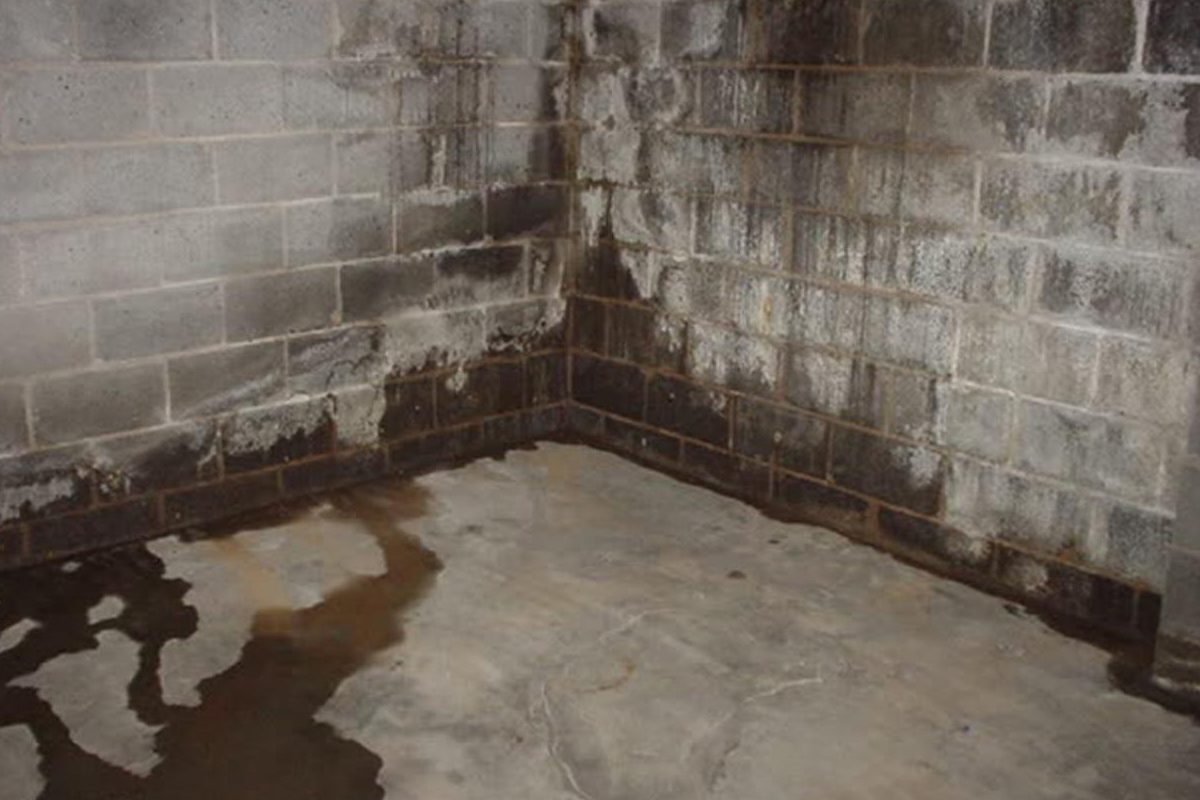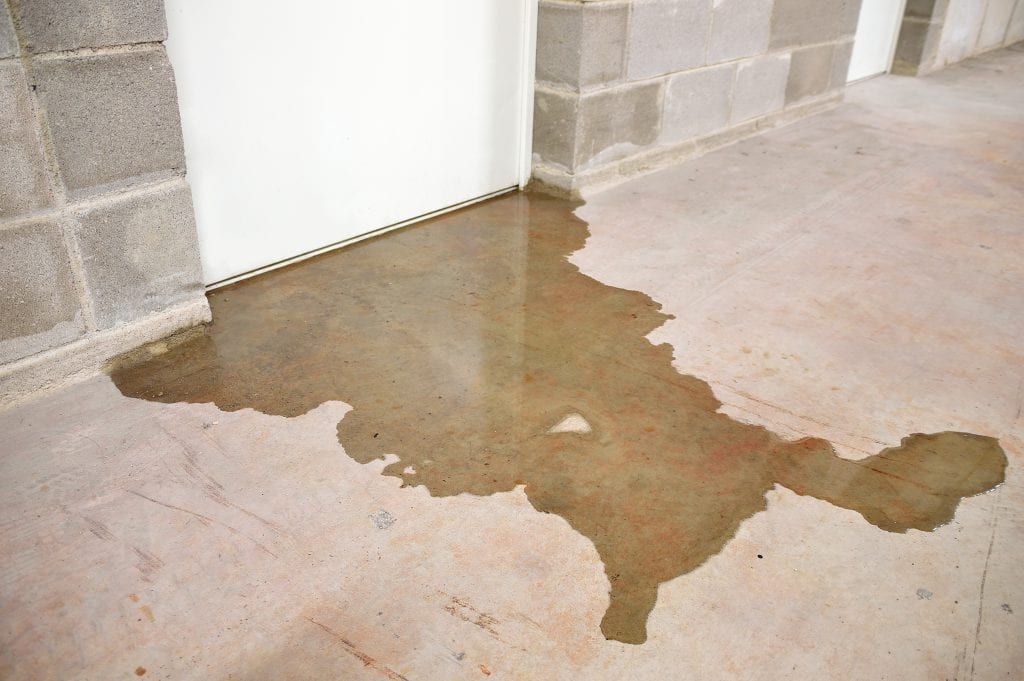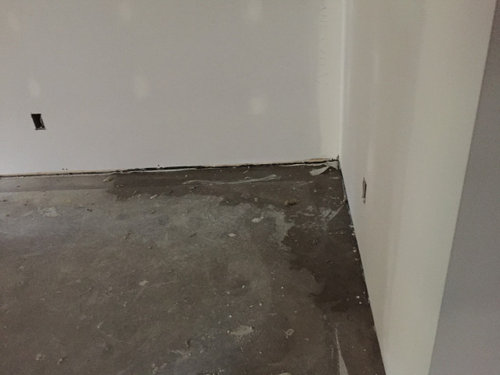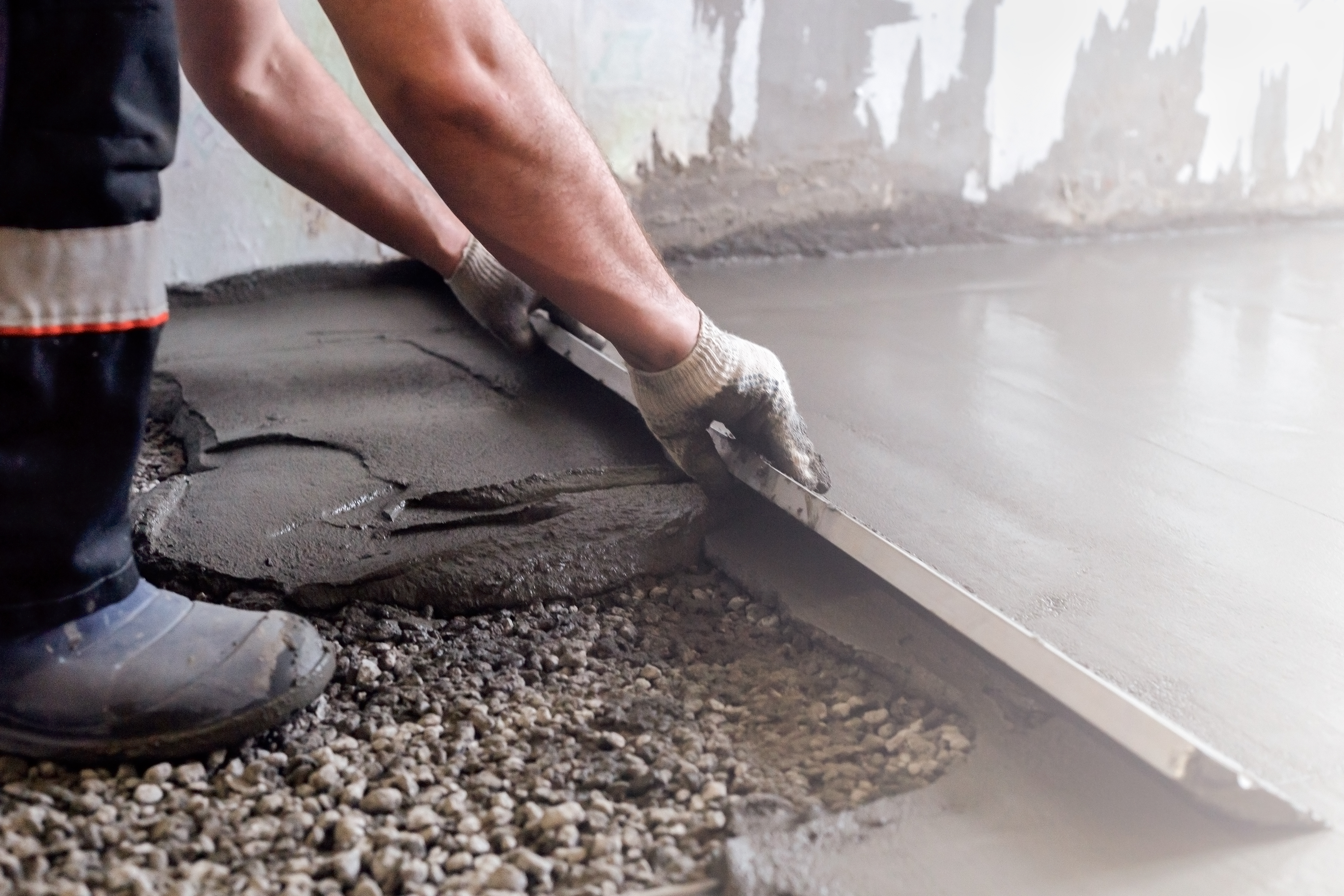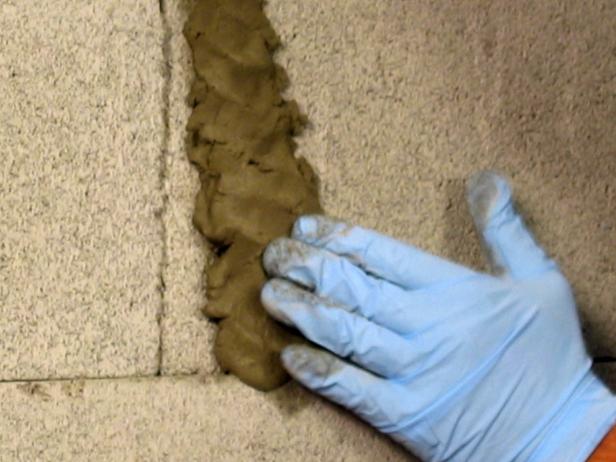Understanding the Causes of Dampness in Concrete Basement Floors
Dampness in concrete basement floors is a common problem that many homeowners face. Understanding the causes of this issue is crucial to finding effective solutions. Let’s discuss the factors that contribute to dampness in concrete basement floors and delve into the science behind it.
- Poor Drainage: One of the leading causes of dampness in concrete basement floors is poor drainage. When the ground surrounding the basement is not appropriately graded or lacks proper drainage systems, water can seep into the concrete, causing it to become damp. This can result in a range of issues, including mold growth and structural damage.
- Hydrostatic Pressure: Hydrostatic pressure is another significant factor that contributes to dampness in concrete basement floors. It occurs when water accumulates in the soil surrounding the foundation and exerts pressure on the concrete. Over time, this pressure can force water to penetrate through the concrete, leading to dampness and potential water damage.
- Condensation: Condensation is a common phenomenon that can occur in basements with high humidity levels. When warm, moist air comes into contact with cooler concrete surfaces, it can lead to condensation. This condensation can accumulate over time and cause the concrete basement floors to become damp. Proper ventilation is essential to prevent this issue.
- Plumbing Leaks: Undetected plumbing leaks can be a hidden cause of dampness in concrete basement floors. Even small leaks can release a significant amount of water over time, leading to dampness. Regularly inspecting and maintaining the plumbing systems in your home is crucial to prevent such leaks and subsequent dampness.
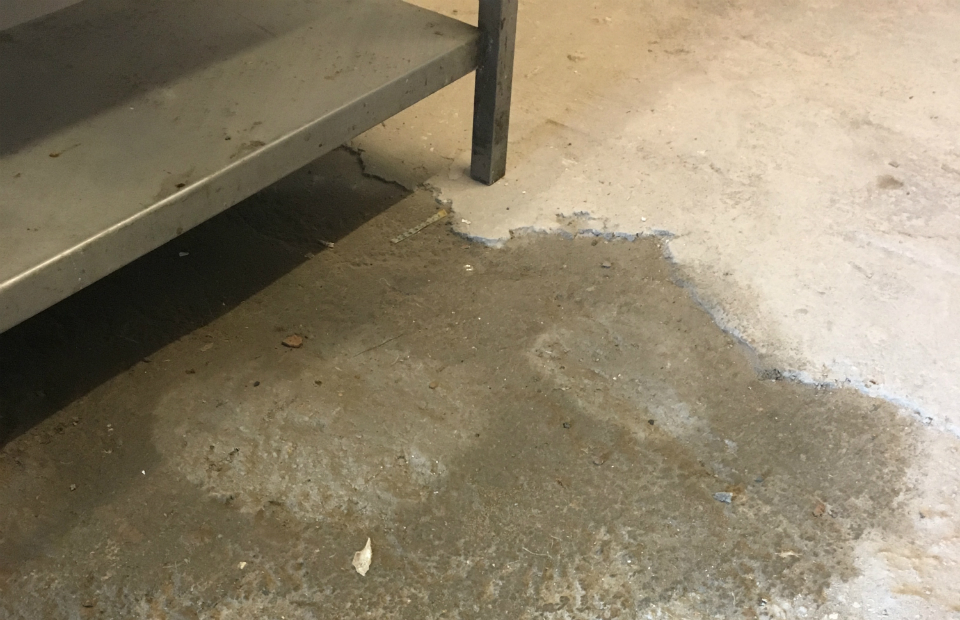
The Impact of Dampness on Concrete Basement Floors: Problems and Risks
Dampness in concrete basement floors can have significant impacts on the overall condition of a home. Let’s explore the problems and risks associated with damp concrete basement floors, highlighting the importance of addressing this issue promptly.
Mold and Mildew Growth: One of the primary problems caused by dampness in concrete basement floors is the growth of mold and mildew. These fungi thrive in moist environments and can quickly spread, leading to unpleasant odors, discoloration, and potential health hazards for the occupants of the home.
Structural Damage: Dampness in concrete basement floors can also cause structural damage over time. The moisture can weaken the concrete, leading to cracks and deterioration. This compromises the integrity of the foundation and can result in costly repairs if not addressed promptly.
Pest Infestations: Damp conditions are attractive to pests such as termites and cockroaches. These pests can infest the damp areas of the basement and cause further damage to the structure. Additionally, dampness can attract other pests like ants and rodents, creating an unsanitary and uncomfortable living environment.
Health Risks: Damp concrete basement floors can pose health risks to the occupants of the home. The presence of mold and mildew can trigger allergic reactions, respiratory issues, and other health problems. It is crucial to address dampness promptly to maintain a healthy indoor environment.
Effective Strategies for Preventing and Treating Damp Concrete Basement Floors
Preventing and treating damp concrete basement floors is crucial for maintaining a dry and healthy living environment. Here are several effective strategies that homeowners can utilize to prevent and treat dampness in their basement floors.
Proper Grading and Drainage: One of the most effective ways to prevent dampness in concrete basement floors is to ensure proper grading and drainage around the foundation. This involves sloping the ground away from the foundation and installing adequate drainage systems to divert water away from the basement.
Exterior Waterproofing: Exterior waterproofing involves applying waterproof coatings or membranes to the exterior walls and foundation of the basement. This helps prevent water from penetrating through the concrete and reaching the basement floor. It is a proactive measure that can significantly reduce the risk of dampness.
Interior Sealants and Vapor Barriers: Interior sealants and vapor barriers can be applied to the concrete basement floors to create a barrier against moisture. These products help prevent water vapor from seeping into the floor and causing dampness. It is essential to choose high-quality sealants and vapor barriers for optimal effectiveness.
Proper Ventilation: Proper ventilation is crucial in preventing and treating dampness in concrete basement floors. Installing exhaust fans or dehumidifiers can help remove excess moisture from the air, reducing the risk of condensation and subsequent dampness. Regularly opening windows and doors can also improve air circulation.
Professional Waterproofing Services: In severe cases of dampness, it may be necessary to seek professional waterproofing services. These experts can assess the extent of the issue and provide tailored solutions, such as installing interior or exterior drainage systems or applying specialized waterproof coatings.
Exploring Waterproofing Solutions for Damp Concrete Basement Floors
Introduction: Waterproofing is a vital aspect of addressing dampness in concrete basement floors. Here are various waterproofing solutions that homeowners can consider to effectively combat dampness and create a dry and usable basement space.
Exterior Waterproofing: Exterior waterproofing is a common method employed to prevent water from penetrating through the concrete and reaching the basement floor. This involves excavating around the foundation, applying waterproof coatings or membranes to the exterior walls, and installing drainage systems to divert water away from the basement.
Interior Waterproofing: Interior waterproofing methods focus on preventing water from seeping into the basement through the concrete floor. This can be achieved by applying waterproof sealants or coatings on the interior surface of the basement floor. Additionally, installing interior drainage systems can effectively collect and redirect water away from the basement.
Drainage Systems: Proper drainage is crucial in waterproofing damp concrete basement floors. Installing drainage systems such as French drains or sump pump systems can effectively collect and redirect water away from the basement. These systems can be installed both on the exterior and interior of the basement, depending on the specific needs of the situation.
Cementitious Waterproofing: Cementitious waterproofing involves applying a specialized waterproofing compound directly to the concrete basement floor. This compound penetrates the concrete, forming a protective barrier against moisture. Cementitious waterproofing is an effective solution for preventing dampness and can be used in combination with other waterproofing methods.
Transforming Damp Concrete Basement Floors into Dry, Usable Spaces
Damp concrete basement floors can be transformed into dry, usable spaces with the right approach and techniques. Below are several steps homeowners can take to turn their damp basement floors into functional areas that can be used for various purposes.
Identify and Address the Root Cause: Before transforming a damp concrete basement floor, it is crucial to identify and address the root cause of the dampness. This may involve fixing drainage issues, repairing cracks, or implementing waterproofing strategies. By addressing the underlying problem, homeowners can ensure a long-lasting transformation.
Conduct Proper Moisture Testing: Once the root cause has been addressed, it is essential to conduct proper moisture testing to determine the current moisture levels in the basement floor. This will help in assessing the extent of the dampness and choosing the appropriate strategies for transforming the space.
Install Moisture-Resistant Flooring: Choosing the right flooring material is crucial in transforming a damp concrete basement floor. Opt for moisture-resistant flooring options such as ceramic tiles, vinyl planks, or epoxy coatings. These materials are resilient to moisture and can withstand the challenges of a damp environment.
Improve Ventilation and Air Circulation: Proper ventilation and air circulation are essential in maintaining a dry and usable basement space. Install exhaust fans or dehumidifiers to remove excess moisture from the air. Additionally, ensure that windows and doors are properly sealed to prevent outside moisture from entering the space.
Create a Functional Layout: Once the dampness has been addressed and the flooring and ventilation are in place, homeowners can focus on creating a functional layout for their transformed basement. Consider the specific needs and preferences of the household, and create designated areas for activities such as a home office, gym, or entertainment space.
Is damp in basement at floor/wall joints normal?
How Can I Seal a Damp Concrete Floor?
Why is my basement damp? (With illustrations)
Damp spots appear on concrete in garage during heavy rain
Damp, Wet Basement Causes and Solutions
Related Posts:
